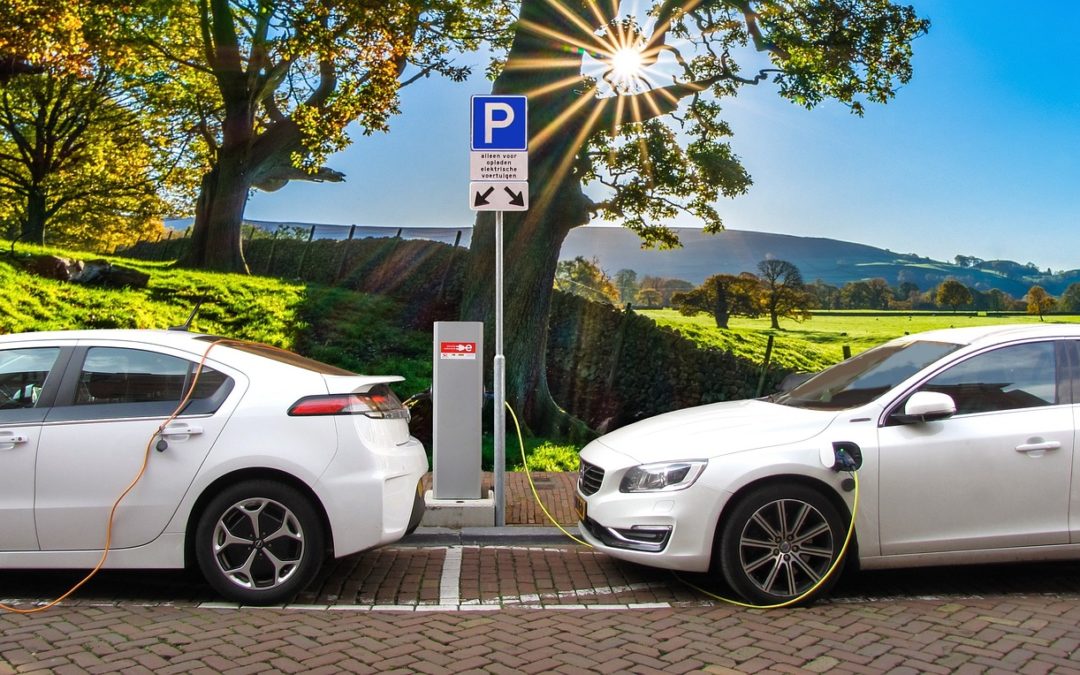Electrification is a necessary step towards sustainable mobility. However, it has never been sufficient. Mobility in the twenty-first century will necessitate more than simply switching to a cleaner energy source.
By Andreas Budiman
Decarbonising transport takes vast amounts of resources. According to a new study published within the LOCOMOTION project, achieving net zero by mid-century might deplete manganese, nickel and graphite reserves, materials which make decarbonisation possible in the first place.
The study used four scenarios to explore what it would take to decarbonise transport by 80% by 2050, each driven by a specific narrative: a gradual adoption of Electric Vehicles (EVs), high EV mainstreaming, light electric mobility and a major reduction in transport. Each scenario had a set of policies, leading to different levels of resource demand and material scarcity. In most cases, the future seems all but bright.
Batteries with trade-offs
The researchers looked at how our needs for energy and resources might change depending on the scenario. Going full-scale on EVs would mean a vast 60x increase above current battery power, from 0.7 TW to 40 TW annually. High EV mainstreaming would put a heavy burden on resources: we would quickly run out of lithium, cobalt, and graphite flake reserves, with nickel soon to follow.
Still, even the more sustainable degrowth path would require a 7x increase in battery power, given the need to replace fossil-based mobility. Degrowth would put little strain on materials like copper and manganese but still require cobalt and lithium quantities equal to half of the current reserves.
Researchers compared battery types such as LMO, NCA, and NMC and how overall resource constraints might influence their uptake and market share. By estimating the energy Stored on Energy Invested (ESOI) ratio, researchers could tell how much energy an e-bike or an EV battery may store during its useful lifetime, compared to the energy used to produce it and supportive infrastructure, such as inverters, wires and chargers.
LMO batteries will likely lead the future battery markets in terms of ratios. Even though NCA and NMC batteries have better ESOI ratios, the lack of key materials like nickel and cobalt will make it harder for them to grow. Both may expect to capture only close to a quarter of the total market share. limited demand on scarce resources but a lower ESOI. Material scarcities may, in part, be resolved by recycling, but this will also not come easy, as some materials are hard to recover, recycling systems differ in efficiency, and moving materials also requires energy.
When energy and materials for producing the infrastructure for EVs are considered, they would also be “as CO2 intensive or more than ICEV counterparts”, according to the research findings, adding to the growing concern about the inherent sustainability of EVs. And yet, the story of individual mobility spans beyond its environmental impact.
The price of freedom
Offering the freedom of movement for a few, cars have often become a driver of urban injustice, debt traps and death machines.
Do we want a society where a few can roam freely across the country but many more can’t afford the ride to another city? Do we want 20 000 road fatalities annually as the price of travel needs that rarely surpass 20 km per day? So far, our answer is the growing number of cars per citizen.
System change will almost certainly require more than affordable EVs, but that doesn’t mean we should stop all travel. Rather, it requires careful allocation of resources to serve real human needs. The mobility systems aligned with degrowth principles will mean lower noise levels, fewer accidents, lower traffic congestion, better air and health, and reduced heat island effect.
More inclusive cities where people spend more time on the streets and use equitable transport systems instead of cars may also feature higher levels of mutual trust and lower crime rates.
A different future for mobility
The systems we build define the range of what is possible. Designing a mobility system that’s simultaneously green and inclusive isn’t easy. Luckily, glimpses into a better future of transportation beyond growth are overwhelming. We need policymakers to make use of them.
Cities like Vienna have implemented well-connected public transit, and reduced fare for annual mobility passes to make public transport affordable. We can also redistribute current car infrastructure to work better for biking and people with disabilities, as the Netherlands has done, or adopt car-free zones, a solution implemented by hundreds of cities. These are just a few examples of steps every city can take today to make cars both undesirable and unnecessary.
Future analyses, like the planned integration of the current transport system model with a broader WILIAM model, will give us better insights into the necessary policies and alignment with action across other sectors. Still, we need to start acting today.
Rather than offsetting our carbon footprint of flying far away, we can explore places accessible by bike or try slow travel. Rather than investing in more high-speed highways, governments can prioritise more connected transit systems and accessible public services. Adopting resource use reduction targets could also help align action on sustainable mobility with a degrowth future.
Ultimately, a simpler transport system that efficiently meets people’s needs will also be much easier to decarbonise.
** This article was first published in META

